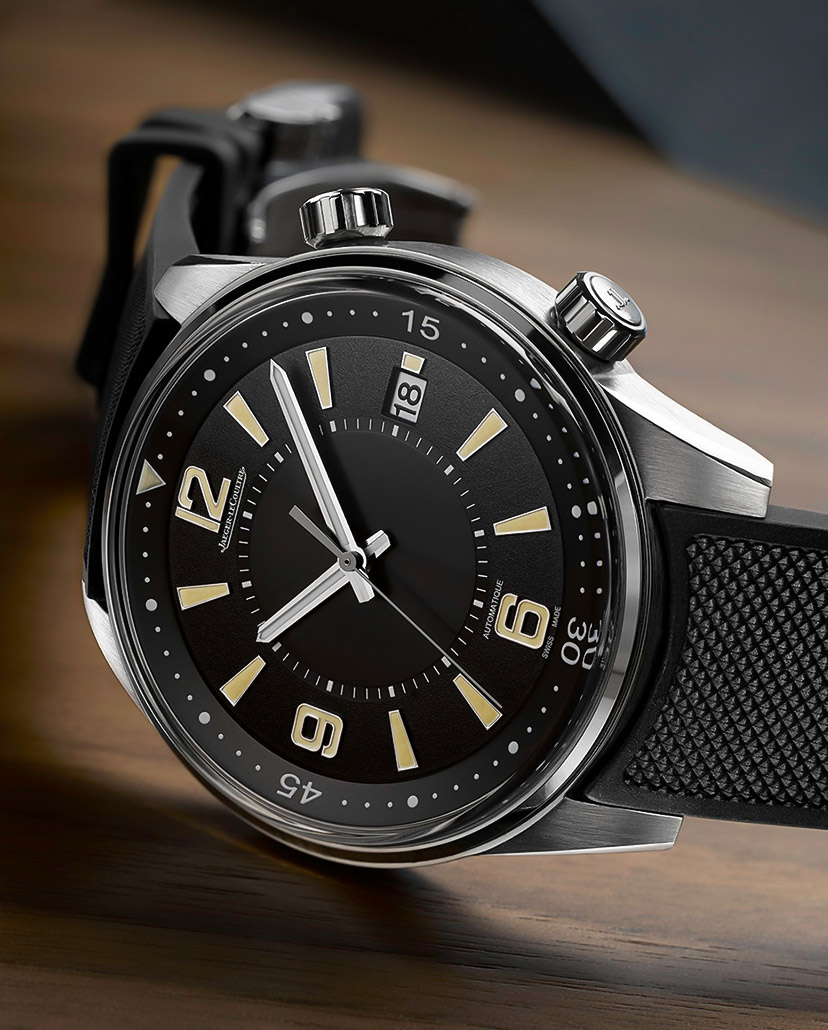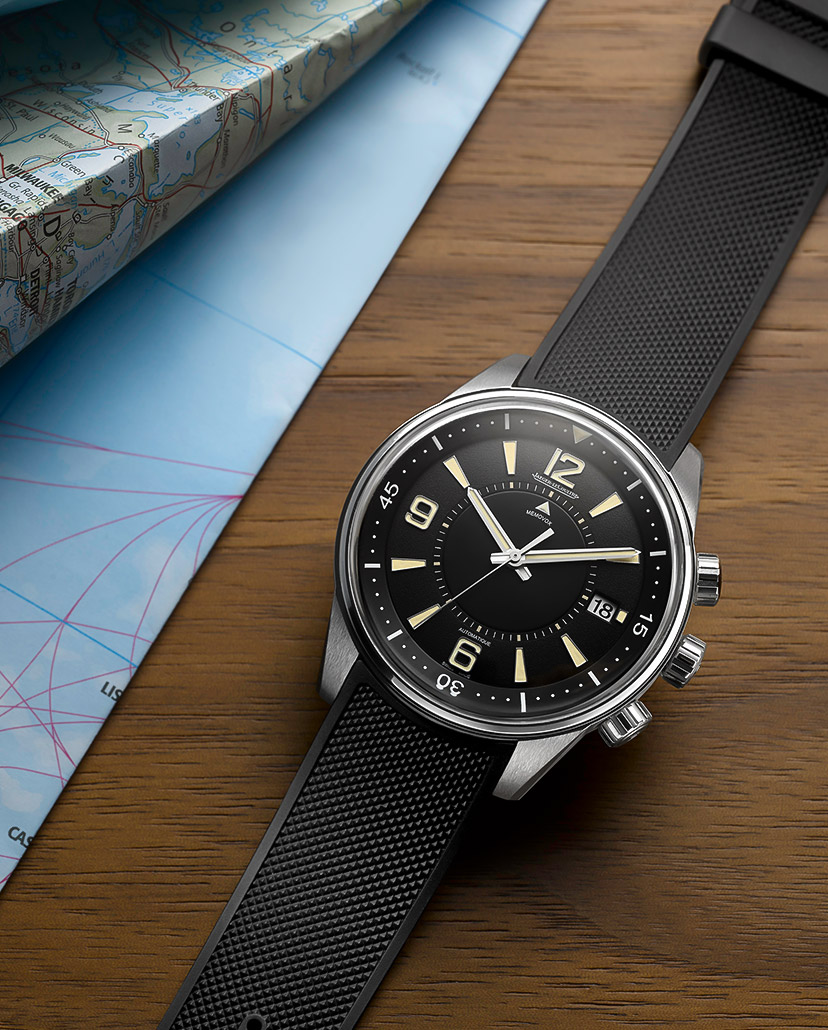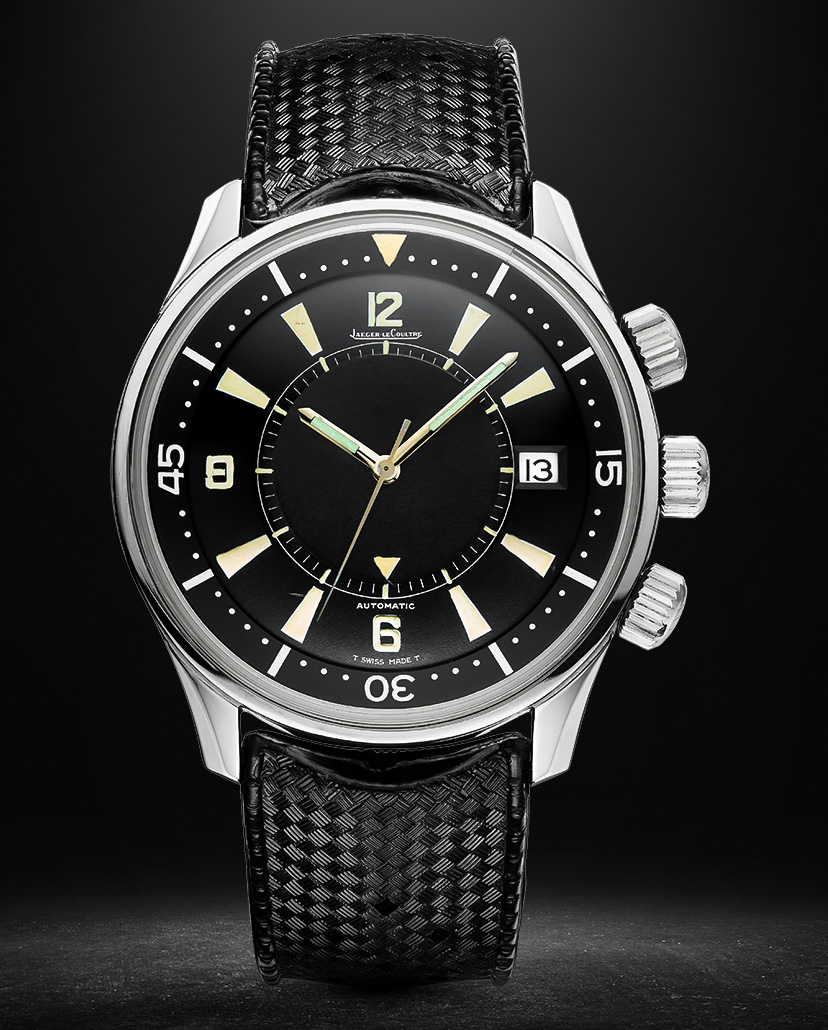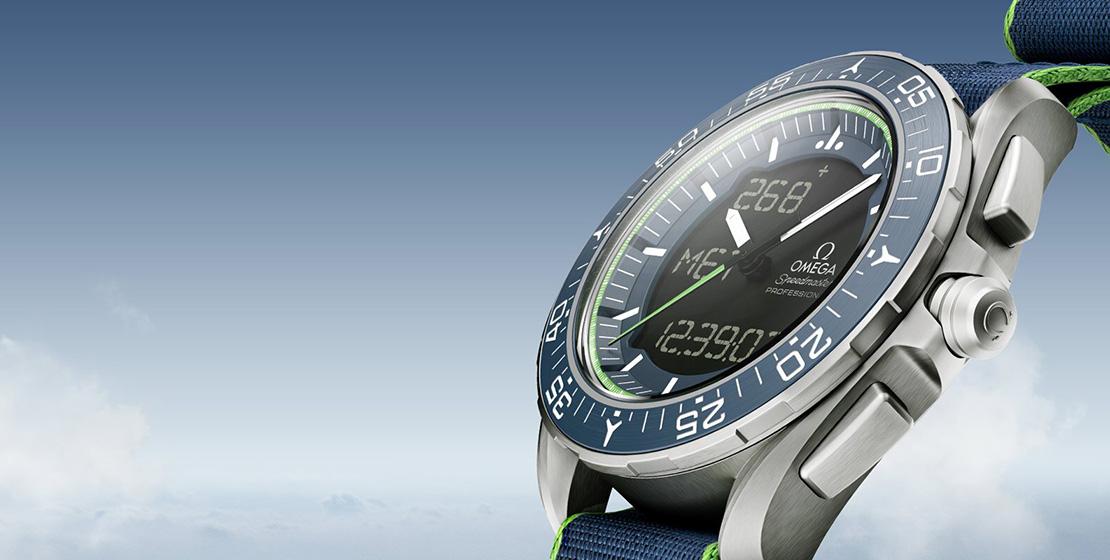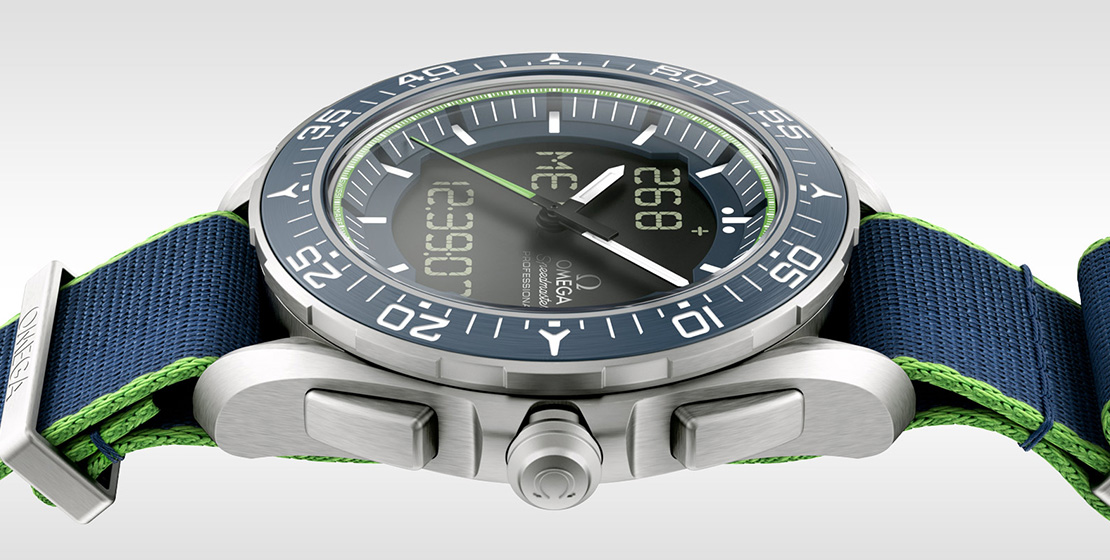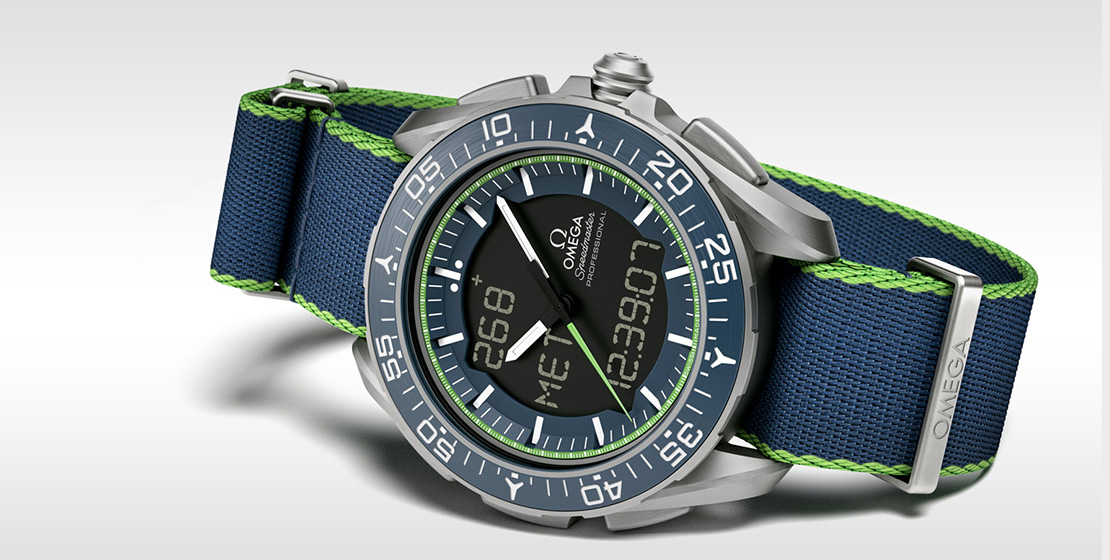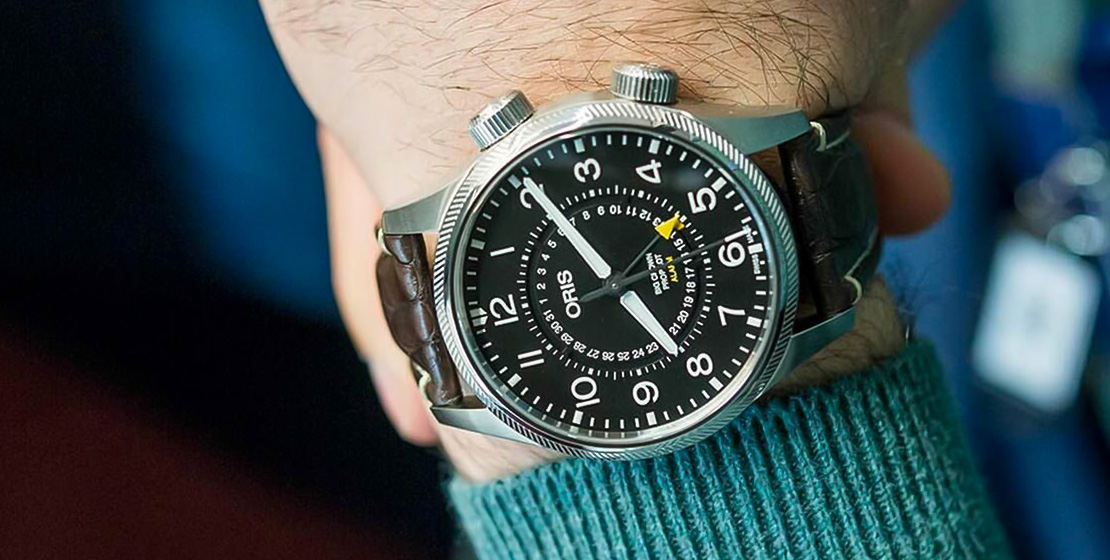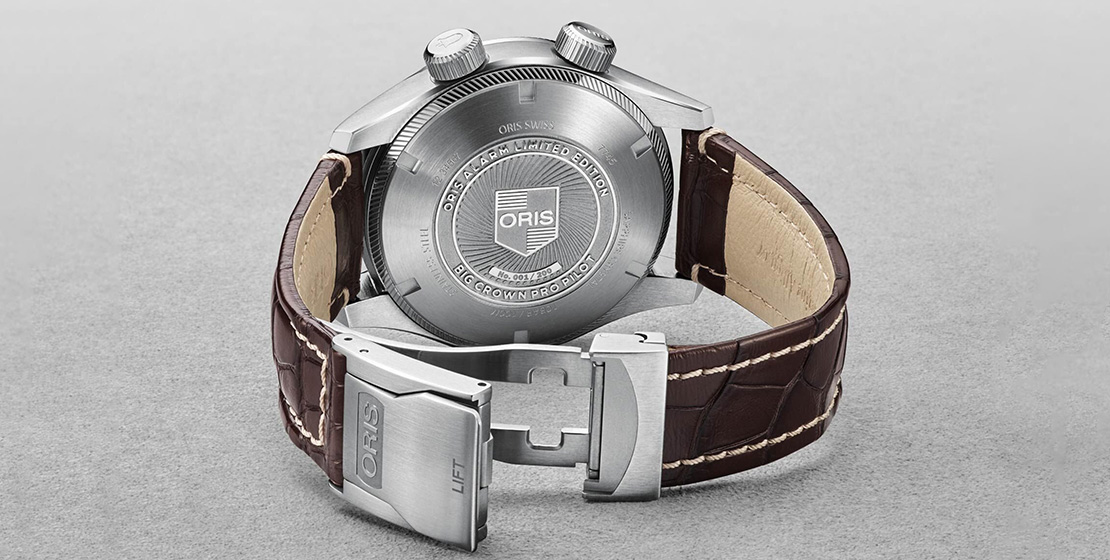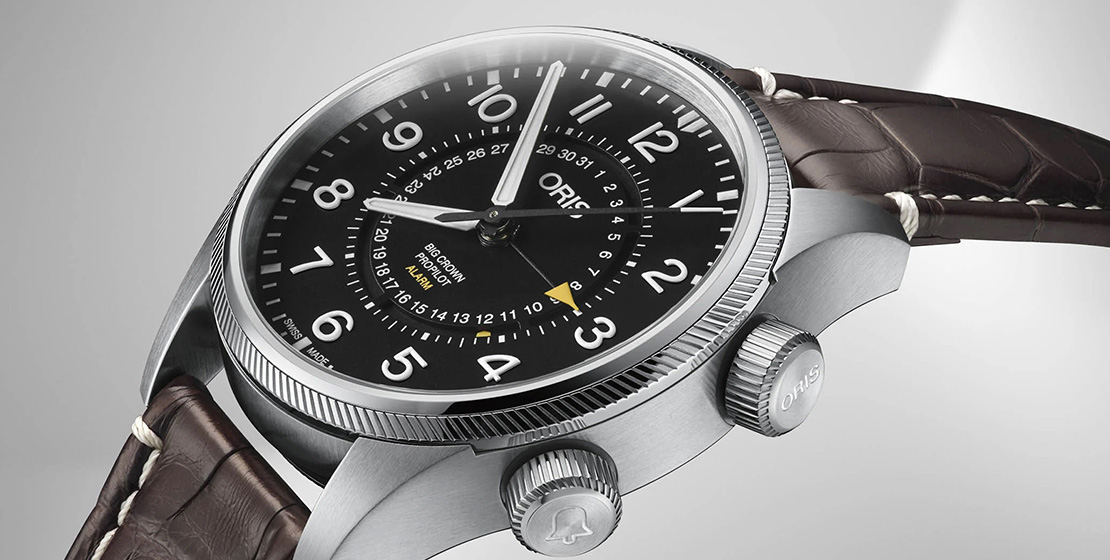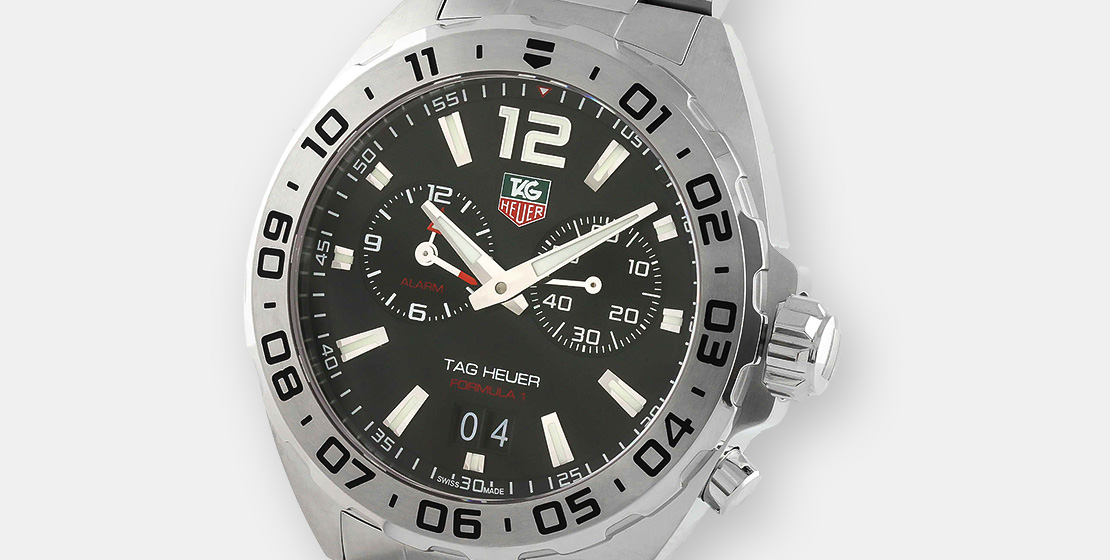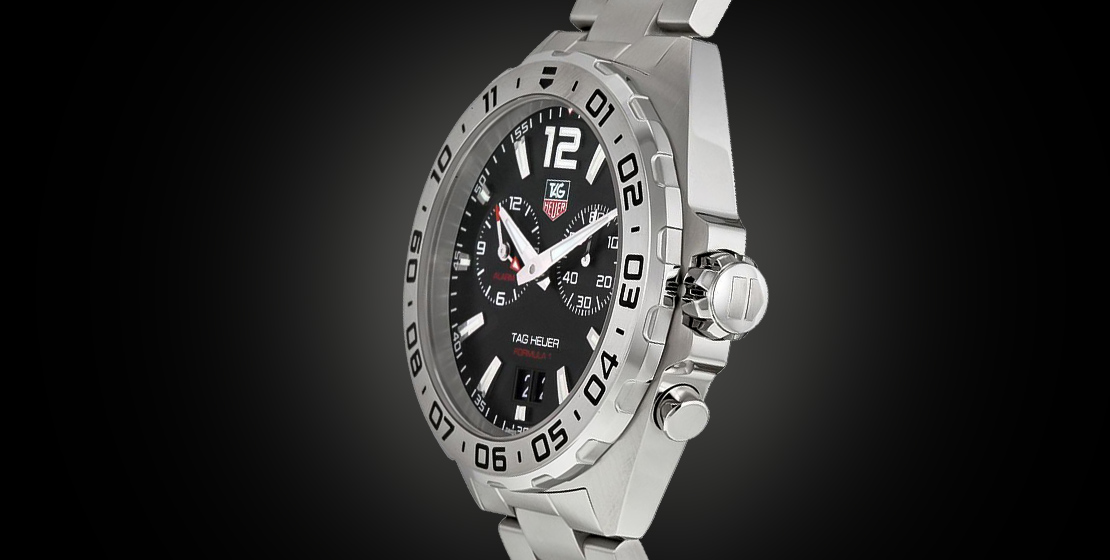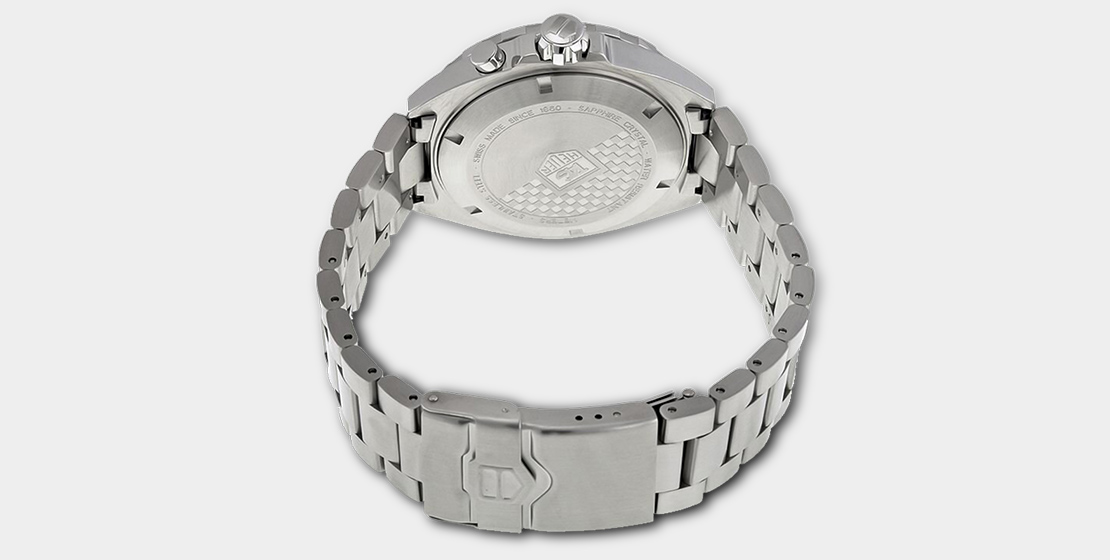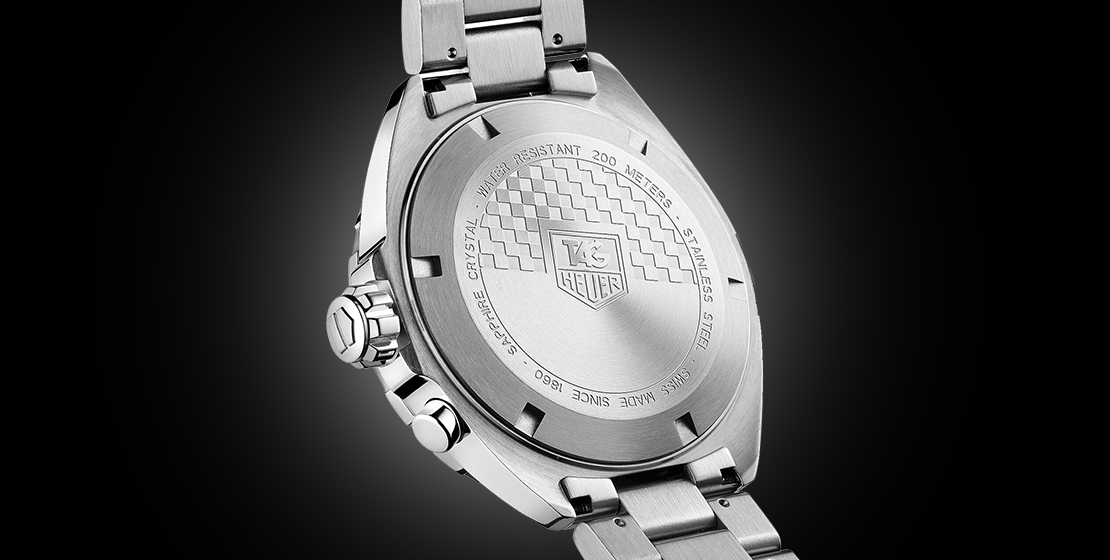Round-UpWorld Sleep Day: Five Watches To Help You Resuscitate A Poor Sleep Schedule
Can timepieces help to improve our sleep quality? Here are five watches that empower you to maintain your circadian rhythm and mental health, thanks to an alarm function that tells you when it’s time to sleep, rather than when to wake up
May We Recommend
World Sleep Day (March 17) was coined in 1998 by the World Sleep Society in 2008 to highlight the adverse effects on physical and mental health due to poor sleeping habits, insomnia and sleep apnea disorders. Given our fast-paced chock-a-block lifestyles where ‘beauty sleep’ feels like a forbidden fruit, we end up setting our alarm watches, either on the mobile phone or virtual assistant technologies like Alexa, to wake up at atrocious hours to stay ahead of ever-mounting tasks. Usually one alarm is followed by a litany of subsequent 5/10-minute alarms acting like ‘snooze buttons’ to let us catch some precious extra winks, only to end up even more groggy-eyed than before.
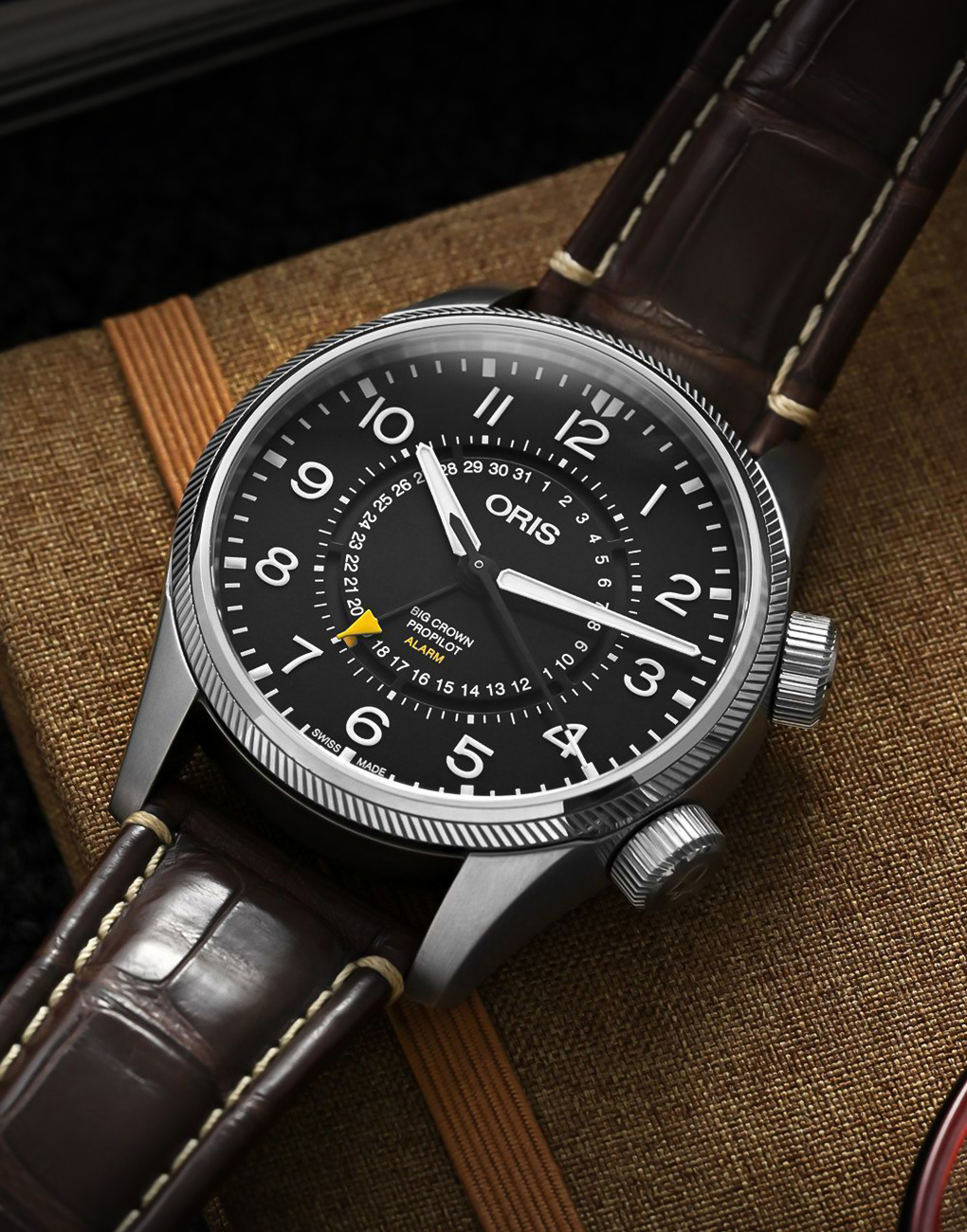
Instead, setting your alarm to a fixed time, when you should be calling it a day and putting away your blue-light emitting devices that induce mindless social media scrolling, is the need of the hour. Here’s rounding up five impeccable timepieces that look sharp and let you wear your alarm to bed and maintain a healthy circadian rhythm.
Jaeger-LeCoultre Polaris Memovox
The 1,000-piece limited edition of Jaeger-LeCoultre Polaris Memovox is a hark back to its original 1968 model—the first diving watch equipped with a mechanical alarm directly connected to its first self-winding movement, Calibre 956, in the 50s. This Swiss automatic self-winding mechanism enclosed in a 44mm stainless-steel case runs at 28,800vph. Memovox—a portmanteau of Latin words memoria meaning ‘memory’ and vox ‘voice’, and together ‘voice of memory’—chronicled daily workings that involved some concept of a timer. Like waking up, meeting deadlines, keeping appointments, following train timetables, and such.
Out of the three crowns for timekeeping adjustments, the first one directly operates the alarm. This means enabling it to manually wind, set, and stop the alarm with a pull-out gesture. Bang in the centre is a rotating inner dial to manoeuvre the alarm function.
Omega Skywalker X-33 Chronograph 45mm Solar Impulse Limited Edition
The Omega Speedmaster Skywalker X-33 Solar Impulse Limited Edition hails from the illustrious legacy of the 1970 Seamaster Memomatic—the first alarm wristwatch where instead of manual winding, there is an automatic-winding alarm setup in a turntable mechanism—which lets you set the alarm to the precise minute. As in, it has dual indicators to fix your desired reminder—one for hours and the other for minutes.
The 45mm watch with a grade-2 titanium case and a polyamide NATO strap denotes an aura of outer space with its blue, green, and white indexes, lume hour markers and digital display on the dial. On turning the watch over, one can see an engraved caseback with the Solar Impulse “Around The World” patch and a certified marking by ESA (European Space Agency). The inbuilt Omega calibre 5619, the multi-functional quartz movement, powers the chronograph, its three time zones, MET (Mission Elapsed Time), PET (Phase Elapsed Time), timer, perpetual calendar, and not one or two but three alarms!
The original Skywalker was tested in outer space by Navy Blue Angels aerobatics demonstration squadron, and astronauts such as the Swiss Claude Nicolier. Its inbuilt alarm, almost 80 decibels loud, could be heard over the packed, noisy flight deck of the Space Shuttle. The caseback of the current X33 has three apertures for alarm sound to sail through, minus any obstacle. If not the alarm, you can use the countdown timer that can calculate right down to a specific time interval, and also indicate the elapsed time.
Tissot Sailing-Touch
Targeted mainly at mountaineers and skiers is the bright blue and white Tissot Sailing-Touch, a touch screen watch that activates 15 functions by a push button at three o’clock. This tactile watch has not one but two alarms along with functions such as: altimeter, altitude difference metre, chronograph, compass, thermometer, barometer, date, time, perpetual calendar, countdown timer, and backlight.

To activate the alarm, one has to lightly press on the sapphire crystal glass or the pusher at three o’clock for a second, then select the alarm function in the digital display aperture, and set your precise waking hour and minute. Programmed to ring for 30 seconds just once, the alarm can be deactivated using either of the three pushers. However, take note that outside the discursive realm of healthy sleep schedules, trying to operate the push buttons underwater will be in vain as despite the Sailing-Touch model being water-resistant to 100 metres, the glass screen will not function when in contact with a liquid.

Tissot first incorporated the alarm feature in their 1970 Seastar Sonorous watch fitted with A. Schild’s manually-wound movement that includes an alarm calibre (cal. 1475). The alarm is sounded off when a hammer continuously taps a pin to the movement—a feature common to the Jaeger-LeCoultre Memovox.
Oris Big Crown ProPilot Alarm Limited Edition
Oris began producing alarm watches in the 1940s, but this mechanical alarm watch is their first in the Big Crown ProPilot line. Measuring 49.5mm from lug-to-lug, the big-bodied wristwatch alias ‘Flying Bell’ houses the automatic-winding calibre Oris 910 (based on the La Joux-Perret 5800 or A. Schildt 5008 movements) in a 44mm stainless-steel case that offers 100m water resistance and even powers the mechanical alarm function. This model defines all things big—larger-than-usual hour markers and Arabic numerals with Super-LumiNova on the dial—for easy legibility of the pilot while flying, and is fitted with two stainless-steel oversized screw-in crowns, which operate the alarm function for this timekeeper.
The first crown at 2:30 (between two and three o’clock) is meant to wind and adjust the time and the second one at 3:30 (similarly between three and four o’clock) operates the mechanical 12-hour alarm function. Mirroring the outer minute ring is a miniature inner or alarm ring encircling the date aperture situated at the centre of the black dial. A yellow-tipped central hand—a fourth hand—points at the time set to sound off the alarm. Fitted with a brown leather strap and folding clasp inspired from aircraft safely belts, the watch allows the wearer to set the alarm in 10-minute increments. The automatic winding movement operates at 28,800vph and supplies an energy reserve of at least 45 hours.
TAG Heuer Formula 1
One of the rare models to have an alarm sub-dial positioned at nine o’clock is the TAG Heuer Formula 1 quartz chronograph.
The F1 watch editions were the first models launched after Techniques d’Avant Garde (TAG) acquired Heuer in 1986, as the former was the F1 team’s chief sponsor. This rugged sports watch also has a small seconds sub-dial at three o’clock and a large double-date aperture positioned at six o’clock. The tricompax arrangement runs on a quartz movement featuring an EOL (end of life) indicator. The movement is housed within a brushed stainless-steel case that is water-resistant to 200m. A TAG Heuer crest, letterings in red, black, and green hues, polished steel luminous hour markers, a unidirectional, rotating titanium carbide bezel with a tachymeter scale, and a caseback showcasing a checkerboard racing pattern, are the signature design elements of F1 models.
The alarm sub-dial, positioned at nine o’clock is marked by red text coupled with matching red-tipped dual hands. In order to set the alarm, one has to simply press the pusher below the fluted crown and hold it till you hear two short beeps that indicate the alarm is activated. Every light push will increase the reading by a minute.
There’s just one limitation: This alarm register is a 12-hour analogue display, meaning it cannot set time above 12 hours from your current time.




